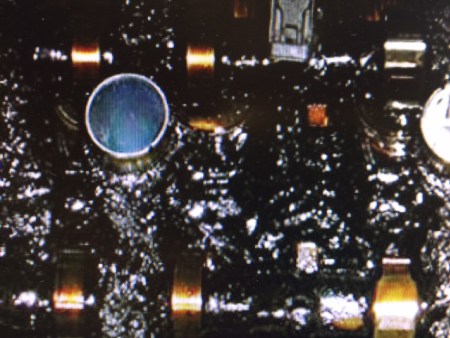Signature Series Battles Sludge The health of your engine depends on motor oil circulating quickly and efficiently through the system, but sticking components and obstructed passages inhibit motor oil from lubricating, cooling and protecting your engine. Engine “sludge” occurs when oxidized oil and contaminants build up on engine surfaces. It can restrict the flow of […]
You are browsing archives for
Tag: varnish
Help Revive a Lawn Mower (and other equi...
Help Revive a Lawn Mower (and other equipment) that Runs Rough John Baker|Feb 15, 2018 9:21 AM Judging someone’s character can be boiled down to this key question: do they love going to the dump? An affirmative answer indicates a visionary – one who sees a fashionably distressed dining set where others see a worn […]
Why Jay Leno Is Angry About Ethanol In G...
Why Jay Leno Is Angry About Ethanol In Gasoline Ed Newman|Jun 02, 2017 9:38 AM Change is the one constant in life. It’s also difficult, because when there is a change – whether in technology or how we do things – there are often unforeseen consequences. One of the changes that has been taking place […]
How Engine Sludge Forms. And How To Prev...
How Engine Sludge Forms. And How To Prevent It. Ed Newman|Mar 08, 2017 2:10 PM Sludge. It’s a disgusting phenomenon. Even the word sounds gross, like the thing it’s describing. The word for this is onomatopoeia, a strange word that many of us learned in high school English class. Splash. Grunt. Whoosh. Swish. Hiss. Frumpy. […]



